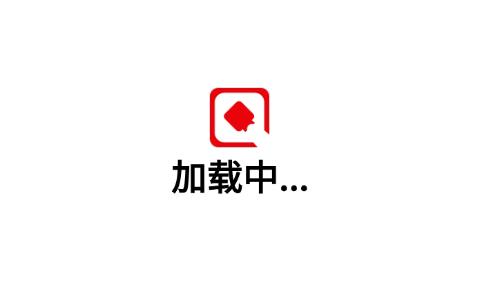I. European Union CE marking: "Security passport" for access to the European market
Conformité Européenne (European Conformity Certification) is a mandatory EU access mark covering the 27 countries of the European Economic Area (EEA).
Logo Style
Capital letters "CE", no uniform size requirement but clearly legible.

core positioning
Demonstrate that the product complies with the basic safety requirements of the EU Directive "New Approaches to Technical Harmonization and Standardization" (non-quality certification), covering the three dimensions of personal safety, health and environmental protection.
Highlights of the new 2025 regulations
New mandatory requirements for cybersecurity (data encryption, tamper-proofing) for wireless devices (e.g., smart homes), effective August 1, 2025
Electrical and electronic products are required to pass the "5-year loss simulation test" to strengthen durability verification;
Labeling violation penalties rise to 4% annual turnover and market sampling frequency doubles.
Applicable Scenarios
Covering 22 categories of products, common such as rechargeable treasure, laptops, home appliances, medical equipment, etc., products without CE marking are prohibited from circulation in the EU.
II. United States FCC Certification: "Communications pass" for the control of electromagnetic interference
Implemented by the U.S. Federal Communications Commission (Federal Communications Commission), for all electrical and electronic products entering the U.S. market, is a mandatory certification.

Core classifications and differences

Key Control Points
Limit electromagnetic interference (EMI) to avoid affecting broadcast and communication signals;
RF radiation limits protect human health;
Violations can result in fines of up to $200,000 per day and goods can be detained by Customs.
EU RoHS Certification: "Hazardous Substance Firewall" for Environmental Compliance
The Directive on the Restriction of the Use of Certain Hazardous Substances in Electrical and Electronic Equipment entered into force in 2006 and the 4th update of the list of substances will be completed in 2025.
Core control requirements
List of Restricted Substances (10 items)
Traditional 6 items (lead ≤ 0.1%, cadmium ≤ 0.01%, mercury, etc.) + 4 new items in 2025 (e.g., medium chain chlorinated paraffins);
Scope of application: ten categories of electronic and electrical products (cell phones, computers, home appliances, toys, etc.).
Difference between Chinese and foreign symbols
EU: No unified logo, labeled "RoHS Compliant" can be;
China: Icon of a circular arrow around a number (the number represents the number of years of environmentally friendly use), to be accompanied by a table of hazardous substances.

Associated Certification
With the EU WEEE certification (with the forked trash can symbol), the product is required to be recycled separately at the end of its life, and cannot be mixed into domestic waste.

Four,Comparison of the core differences between the three certifications

V. Practical guidance
CE marking ≠ quality assurance: it only means compliance with basic safety, it does not cover performance advantages and disadvantages;
FCC certification do not choose the wrong type: wireless products mistakenly selected SDoC will face the risk of goods detention;
RoHS needs to pay attention to geographical differences: China RoHS requires labeling of environmental protection years, the EU does not have this mandatory requirement.


